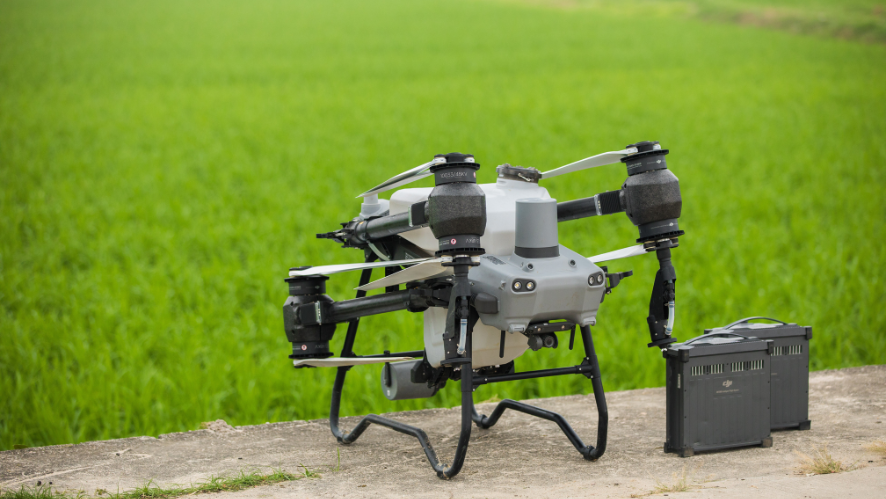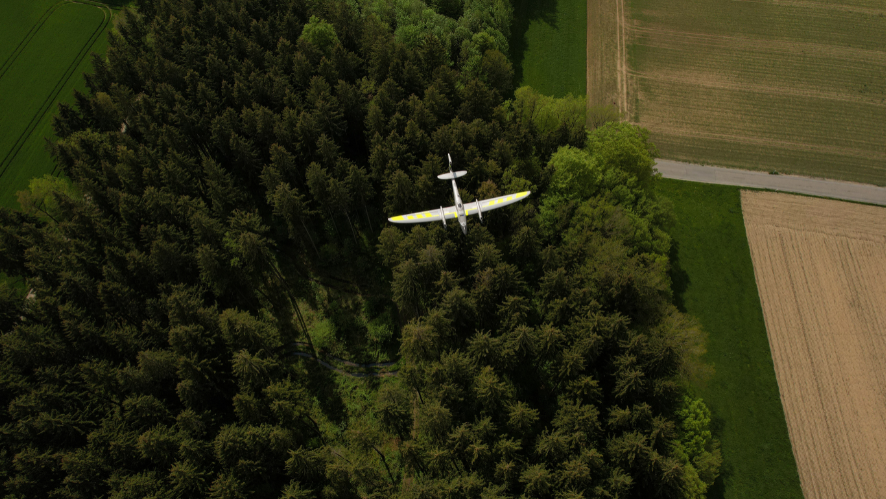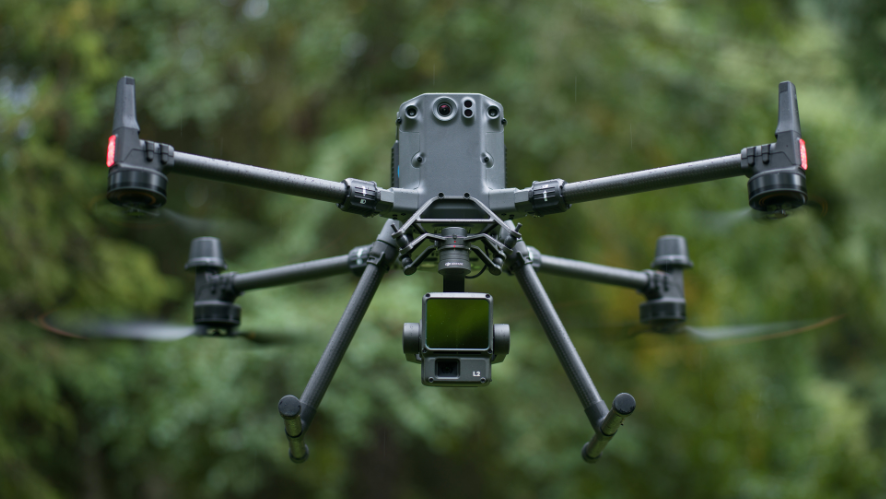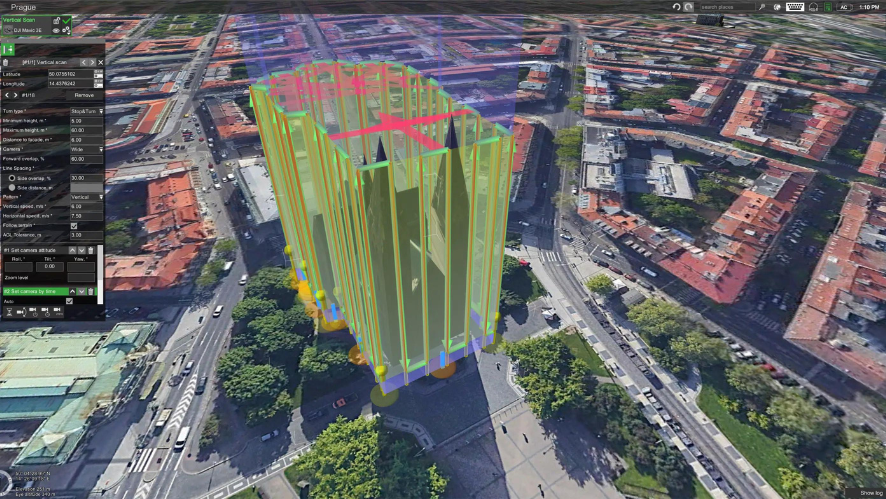SECURITY FORCES
How do police use drones?
TO FIGHT CRIME AND KEEP COMMUNITIES SAFE
Drones have revolutionized police work. Drones have become an indispensable tool for public safety teams.
Police are introducing drones and sophisticated payloads – including zoom and thermal cameras – for a range of missions such as search and rescue, criminal investigation, crowd control, evidence collection and accident reconstruction.
The great advantage of drones in law enforcement is the ability to reach where equipment cannot reach. From hazardous materials calls, surveying damage caused by natural disasters and responding to bomb threats, technology is fundamentally changing the way police departments respond to a wide range of incidents and help keep everyone safe.
A RESCUE STORY
Advantages of using drones over traditional methods:
Explore hard-to-reach areas with ease, and at up to 10 times the speed of traditional methods.
A number of sensors, such as thermal sensors, are available to give law enforcement the best chance of successful rescue.
Start the mission much faster than with traditional methods: the DJI Matrice 300 RTK can be operational in 90 seconds!
Reduce significant costs through the use of helicopters or large-scale search parties.
A RESCUE STORY
Advantages of using drones over traditional methods:
Explore hard-to-reach areas with ease, and at up to 10 times the speed of traditional methods.
A number of sensors, such as thermal sensors, are available to give law enforcement the best chance of successful rescue.
Start the mission much faster than with traditional methods: the DJI Matrice 300 RTK can be operational in 90 seconds!
Reduce significant costs through the use of helicopters or large-scale search parties.
DRONES FOR ACCIDENT SCENE INVESTIGATION
Drones have had a radical impact on accident scene reconstruction work. With the addition of “flying cameras”, drones, public safety teams have been able to reduce the time required to map a scene and collect evidence. In addition to being faster, this method allows access to data when it is needed.
EFFICIENT EVIDENCE CAPTURE
Drones are capable of creating accurate and detailed 3D reconstructions of the crime scene. Other advantages are:
- Acquisition of evidence that may be difficult or dangerous to collect through the soil.
- Thanks to accessories, such as the spotlight of DJI Mavic 2 Enterprise Advanced , the drones provide illumination at night or in low-light environments. The use of thermal and zoom cameras is also an advantage.
- Drones can survey a place and collect mapping data much faster than traditional methods.
WHEN A DISASTER STRIKES, A RAPID RESPONSE IS CRUCIAL
In a disaster situation, drones can be used to:
- Provide quick and effective situational awareness with maps and imagery to help coordinate relief efforts, get an overview of the situation and identify access routes.
- Help firefighters identify fire hot spots.
- Assess damage to utilities, infrastructure and property.
- Search for survivors.
- Create before and after maps of the affected area. This information can be shared with local authorities and agencies, affected residents and insurance companies.
DRONES FOR SURVEILLANCE AND CROWD CONTROL
Drone surveillance is an important and valuable part of police work. Drones can be used by police for a range of missions, such as reconnaissance of sensitive or suspicious areas, gaining vital situational awareness to aid in introduction tactics, and tracking crowd behavior and movements.
The advantages of using drones for this type of mission are numerous:
They provide a wide field of vision without compromising agent safety.
They are quiet and unobtrusive.
They enable teams to conduct suspect investigations.
Thanks to zoom cameras and thermal sensors, police can obtain a clear picture of the scene or incident in progress.
Prior to a major event, drones can be used to survey the entire area.
DRONES FOR SURVEILLANCE AND CROWD CONTROL
Drone surveillance is an important and valuable part of police work. Drones can be used by police for a range of missions, such as reconnaissance of sensitive or suspicious areas, gaining vital situational awareness to aid in introduction tactics, and tracking crowd behavior and movements.
The advantages of using drones for this type of mission are numerous:
They provide a wide field of vision without compromising agent safety.
They are quiet and unobtrusive.
They enable teams to conduct suspect investigations.
Thanks to zoom cameras and thermal sensors, police can obtain a clear picture of the scene or incident in progress.
Prior to a major event, drones can be used to survey the entire area.
DRONES FOR HAZARDOUS MATERIALS RESPONSE
- A drone can provide a more explicit and useful view when viewed from above.
- Drones improve operator safety by limiting the number of entries required on scene.
- The transmission of images from the drone to the control room or base of operations improves communication, allowing a clearer analysis of the situation.
- A drone can carry important objects, such as specialized detectors.
WHICH DRONES ARE USED BY THE POLICE?
DJI drones have become an ideal tool for many police forces, providing the necessary resources to respond to emergency situations.
DJI’s technology offers a reliable and versatile solution for public safety agencies. Among the most suitable options available for law enforcement, the DJI Matrice 300 RTK is an innovative aircraft with an endurance of 55 minutes and an IP45 endurance rating. Another option for law enforcement is the DJI Mavic 2 Enterprise Advanced. This drone is lightweight, foldable, easily transportable and quick to deploy. The combination of the two is ideal for mission success, as there are specific situations where size, for example, could make a difference.
WHICH DRONES ARE USED BY THE POLICE?
Los drones de DJI se han convertido en una herramienta ideal para muchos cuerpos policiales, proporcionando los recursos necesarios para responder a situaciones de emergencia.
DJI’s technology offers a reliable and versatile solution for public safety agencies. Among the most suitable options available for law enforcement, the DJI Matrice 300 RTK is an innovative aircraft with an endurance of 55 minutes and an IP45 endurance rating. Another option for law enforcement is the Mavic 2 Enterprise Series. This drone is lightweight, foldable, easily transportable and quick to deploy. The combination of the two is ideal for mission success, as there are specific situations where size, for example, could make a difference.
ENTERPRISE SOLUTIONS

COMBO MATRICE 30T + DOCK
1x DJI Matrice 30T
1x DJI Dock
6x Batteries
1x Charger
1x 4G Dongle
Software FlightHub 2 (Opcional)
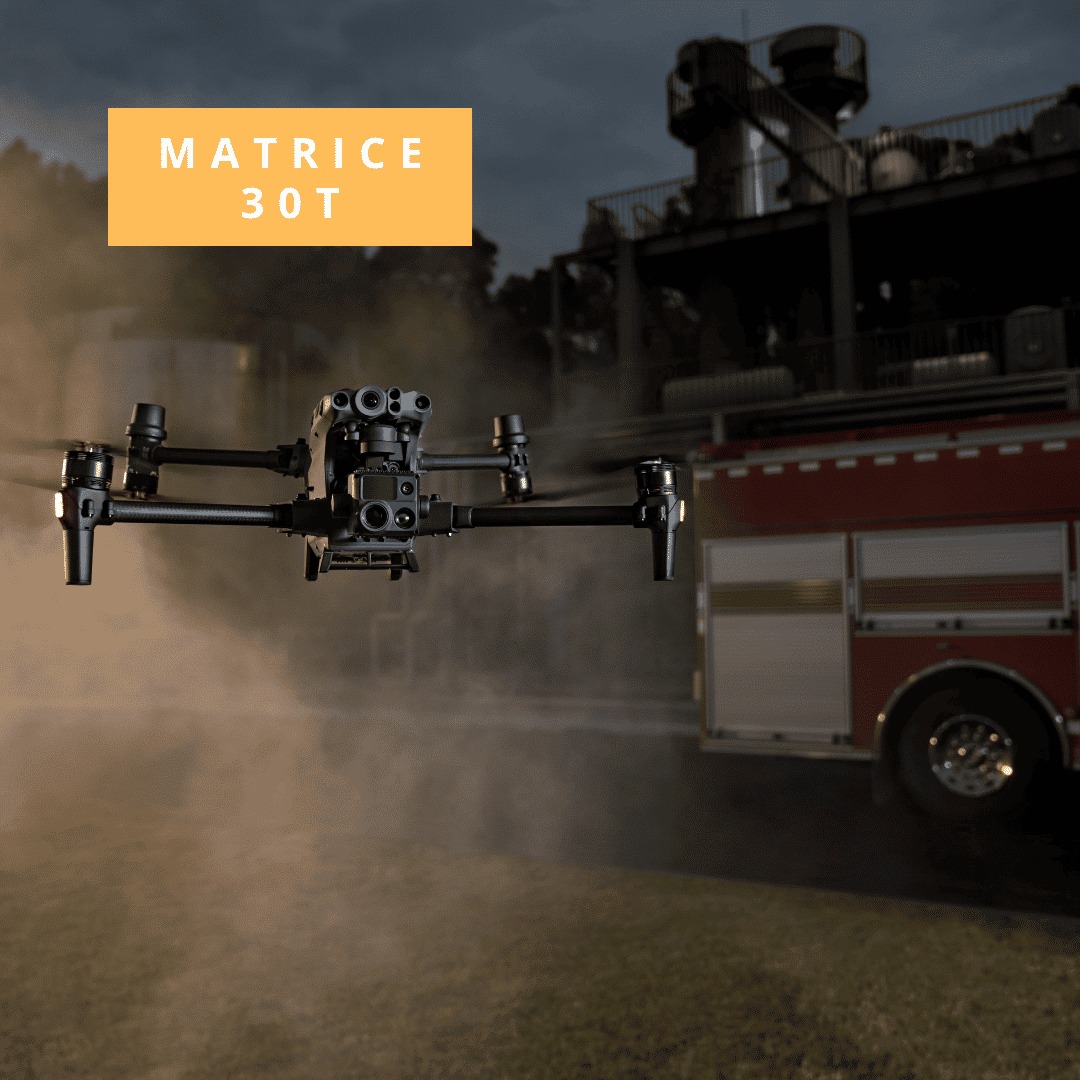
COMBO MATRICE 30T
1x DJI Matrice 30T
6x Batteries
1x Charger
1x 4G Dongle
1x Speaker
Software FlightHub 2 (Opcional)
FREQUENT QUESTIONS
Why do police use drones?
Police use drones for a variety of purposes, including assisting in the search for missing persons, apprehending criminals, reconstructing accident scenes, collecting evidence, monitoring crowds, and accessing situational awareness to improve incident response and the safety of all involved.
Must the police comply with current regulations and legislation?
Yes, the emergency services must work within current legislation (In this case, most of the actions of these bodies fall under NON-EASA activities). and specific regulations regarding the use of drones. Drone pilots must also be properly trained and certified.
Is it necessary to obtain a license to operate a drone in the Public Safety sector?
Yes.
What is the best search and rescue drone?
In search and rescue, the two main factors to consider are rapid deployment and flight time, autonomy. Most search and rescue teams have a small drone that can be deployed in less than a minute. Therefore, the most suitable model is the DJI Mavic 2 Enterprise Advanced. Weighs less than 1 kg. It has a 48Mp RGB camera and a high resolution thermal camera, with good autonomy. Drones may be capable of continuous flight with the proper charging equipment available.
Which drones can I easily deploy in adverse weather conditions?
For fast drones, the DJI Mavic 2 Enterprise Advanced can’t be beat. In terms of weather, the best choice is the DJI Matrice 300 RTK, which has an IP45 rating and can operate in adverse weather situations, such as wet and windy environments.







